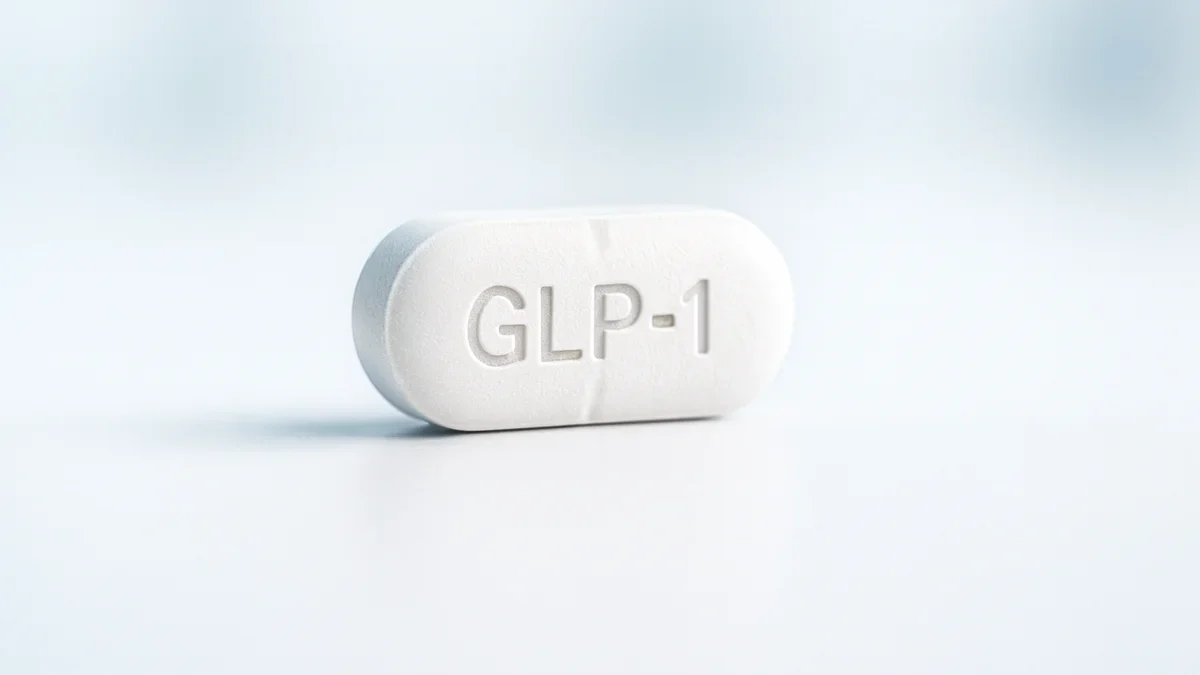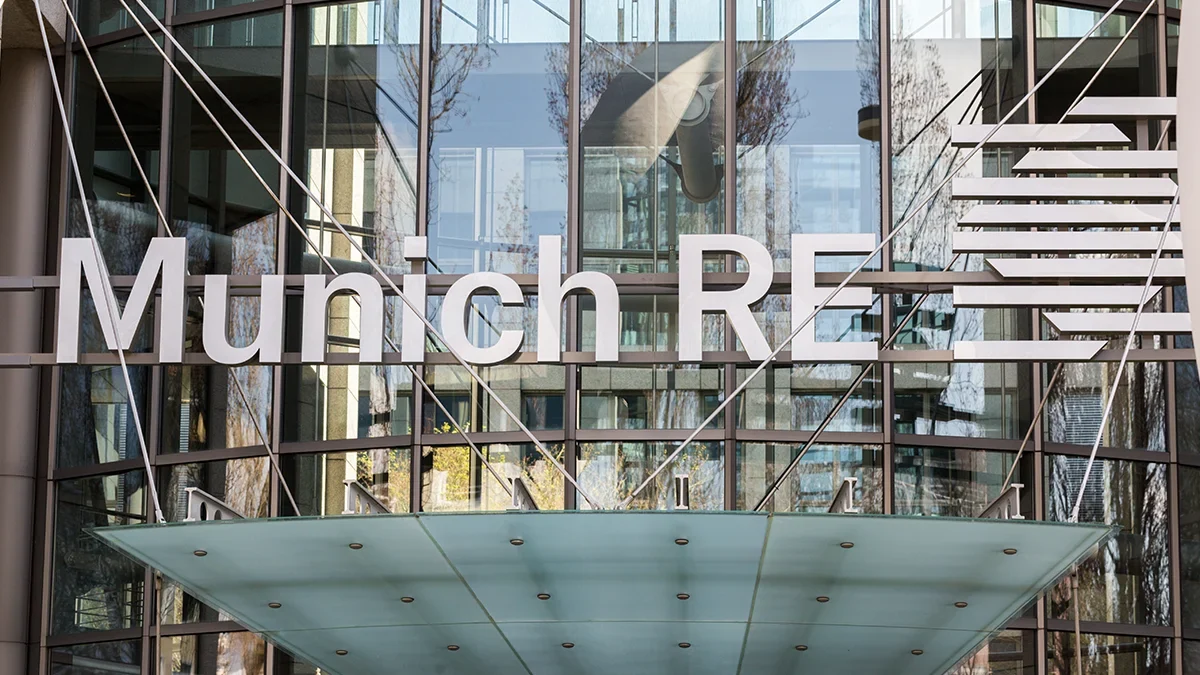(Re)in Summary
• Consumer preference is the main factor in Korean insurance heavy investment into digital product distribution
• Embedded insurance is now widespread across the Korean market, particularly via e-commerce platforms.
• Overall the Asian insurtech market has slowed down, while the total value of deals is up, the number of transactions is falling.
• The importance of human relationships in selling and underwriting insurance means there is a limit to amount of embedded product sales.
A significant shift to digital product distribution in South Korea has been led by changing consumer preferences with increasing technological capacity and regulatory initiatives supporting factors, according to Eloise Yum, General Manager at Korean broker HIS Insurance Services.
Yum was speaking on a panel at EAIC in Hong Kong today and was responding to a question about a recent survey which showed that a large percentage (76%) of Korean insurers are prioritising investment in digital services.
Eloise Yum
General Manager at HIS Insurance Services“There have been many changes that have arisen in the Korean market over the past few years, and those changes are driven by several factors. First, changing consumers’ preferences. Korean consumers, especially young generations, prefer seamless digital first interactions when they purchase, manage and claim insurance.
And the rise of gig economy and on demand services has driven a shift in insurance programmes, and consumers are looking for more flexible and customisable options like micro insurance and usage based insurance, which are easier to offer via digital platforms. Second is technological advancement,” Yum said.
The second factor Yum cited was the advancement in AI tools and big data, which means that Korean insurers can now offer more personalised offerings and automate underwriting and claim processes.
“The third element is regulatory support. The Korean government has encouraged the establishment of digital only financial institutions in both banking and insurance. So this allows new market entrants like Kakoa, and others, which fosters innovation and competition,” Yum said.
Three factors
Yum said the combined impact of these three factors was a lot of pressure on Korean insurers to invest in the digitalisation of services as well as cross industry partnerships.
Just as in Southeast Asia, where big name insurers like Chubb are inking tie-ups with e-commerce players such as Grab, Yum said that Korean firms were looking towards innovative digital insurance distribution approaches.
“Insurers are now forming a partnership with tech companies and the other financial sectors like e-commerce platforms and telecommunication companies, and are looking to embed the insurance within the everyday transactions. This approach allows the customers to purchase insurance as a part of the other services,” Yum said.
Eloise Yum
General Manager at HIS Insurance ServicesYum pointed to a smartphone insurance product launched by Samsung Fire and Marine in coverage with the Samsung phone manufacturers, which provides cover against issues such as a cracked screen and is embedded within the product purchase process.
This service has been expanded to a number of electronic product categories in Korea,” said Yum.
“Embedded insurance is becoming more and more popular in Korea, so E-commerce platforms like Coupang are selling the product but it’s actually backed by an insurance programme,” Yum added.
Adrian Goh, Chief Risk Officer Asia Pacific for Munich Re said that, despite the wider integration of tech into the Korean insurance ecosystem, overall the outlook for insurtech was more mixed.
Goh quoted a recent report from EY which showed a resurgence in the Southeast Asian insurtech market in 2022, with a total value of US$2.4bn worth of deals across 27 transactions, which was a significant increase on the US$538m raised across 39 deals in 2022.
These numbers nearly reached the sector’s all-time high of US$2.6bn across 32 transactions, which was posted in 2020.
“The honeymoon in insurtech is still going on and the recent EY report showed that deal activity is four times higher than 2022, and on the surface everything looks like it’s rising. But the number of deals is falling – it was 46 in 2021.
The total value of those deals is distorted by the SingLife transaction and Bolttech’s US$246m Series B round,” said Goh.
Competitive threat
The Munich Re CRO said that (re)insurers are naturally concerned about the potential competitive threat from insurtechs in their market, particularly the potential to lose customers to start-ups.
Adrian Goh
APAC CRO at Munich Re“First of all, embedded insurance. They are very simple products, for instance you are taking a taxi and you are not afraid of death or disability, what you are worried about is a traffic jam in Jakarta which means you don’t get to the airport in time and you miss your flight. And the embedded insurers reimburses you for that,” said Goh.
“These providers already have the payment ecosystem in place so buying the product is simple. But they aren’t selling the kind of mainstay insurance products that most of the firms [at the EAIC] are.
No-one wakes up and says, ’I need to buy life insurance today’, whereas you often take a car to the airport and if it’s a small price for insurance that you will make your flight, then why not buy it?”
Goh contrasted the straightforward nature of e-commerce insurance products with health insurance, which required a detailed underwriting process and an understanding of a policy holder’s existing comorbidities before a product was sold.
“Insurance is still, or at least in our field, a human business and human relationships are still needed,” he said.
























